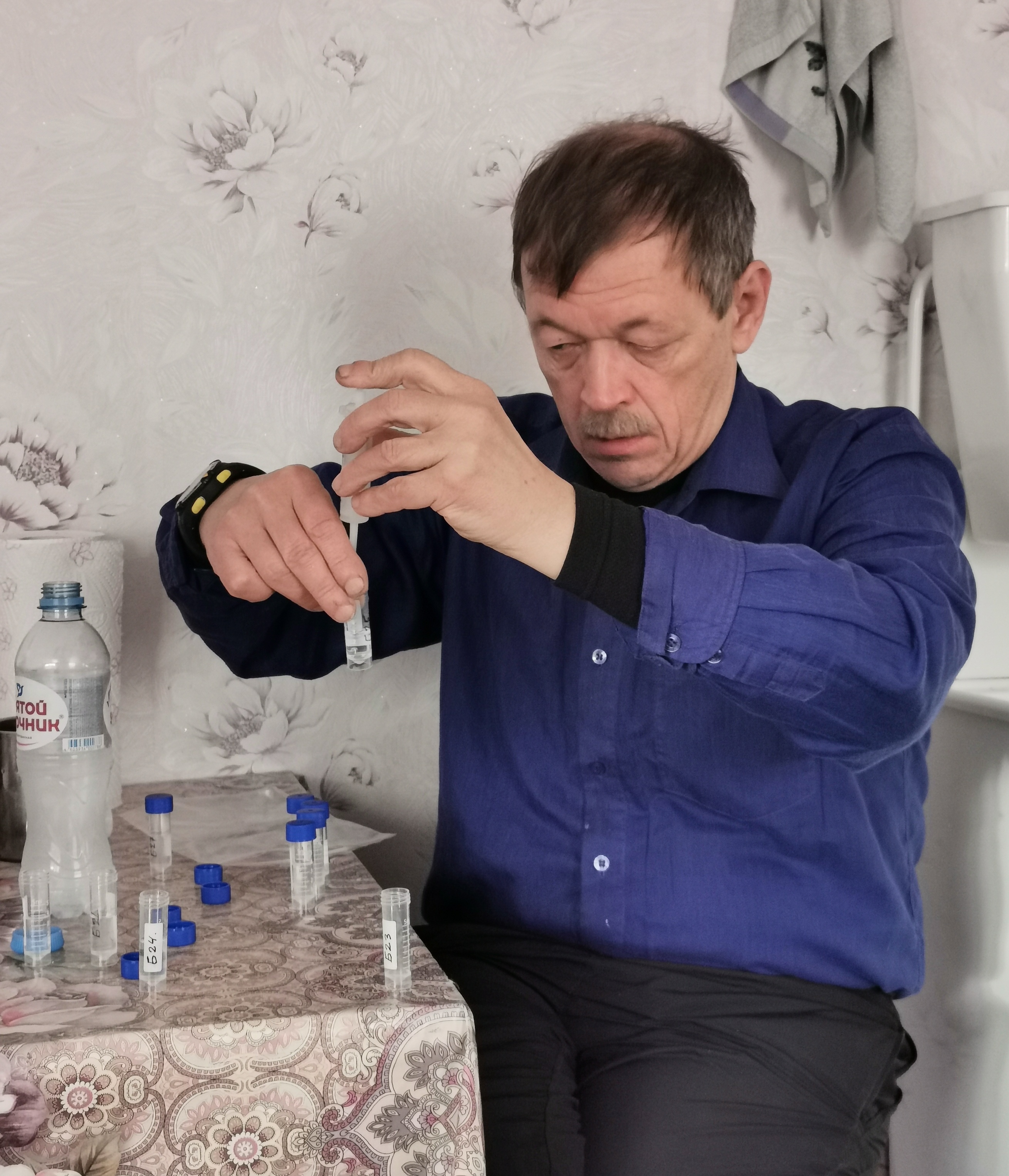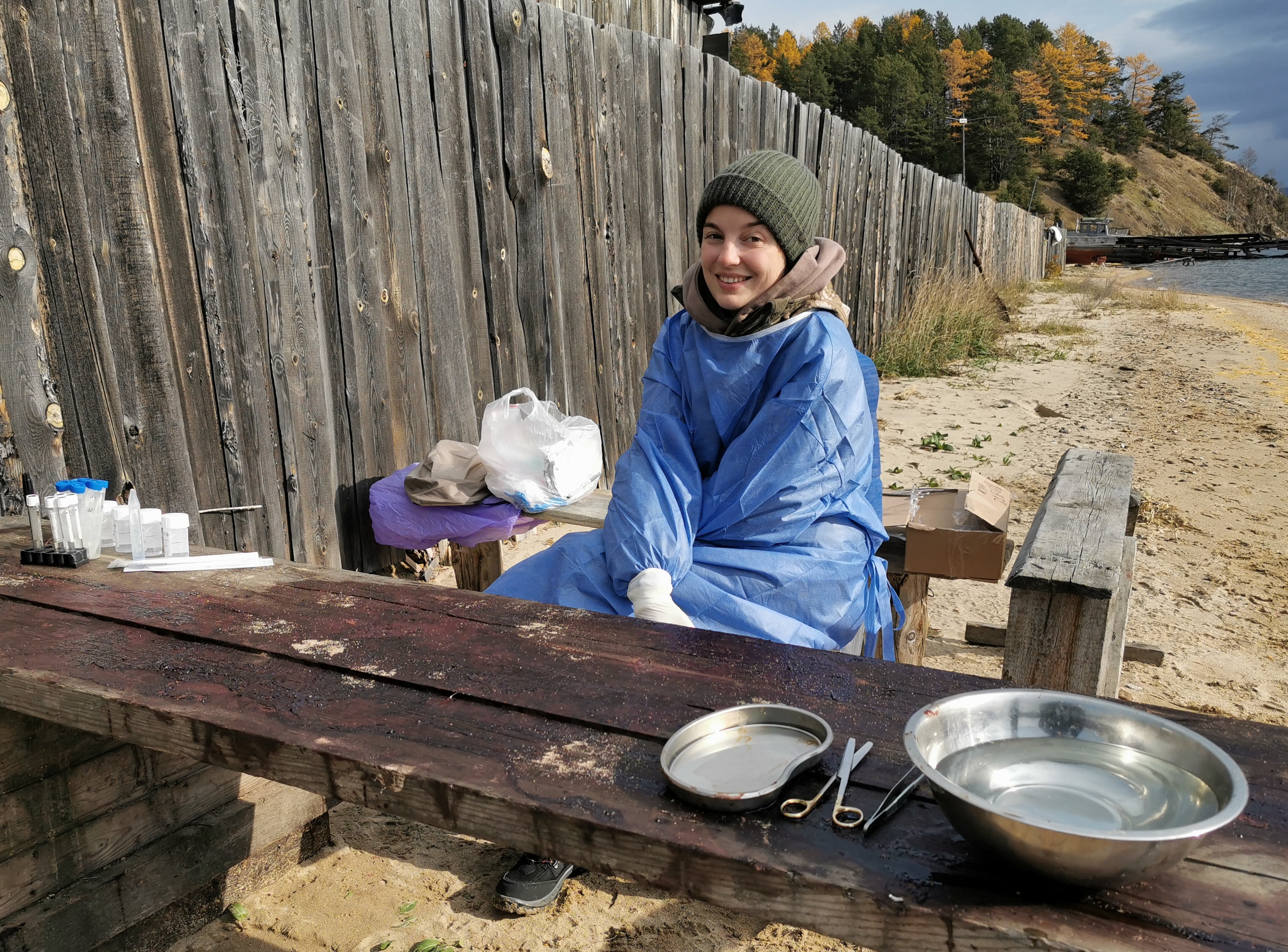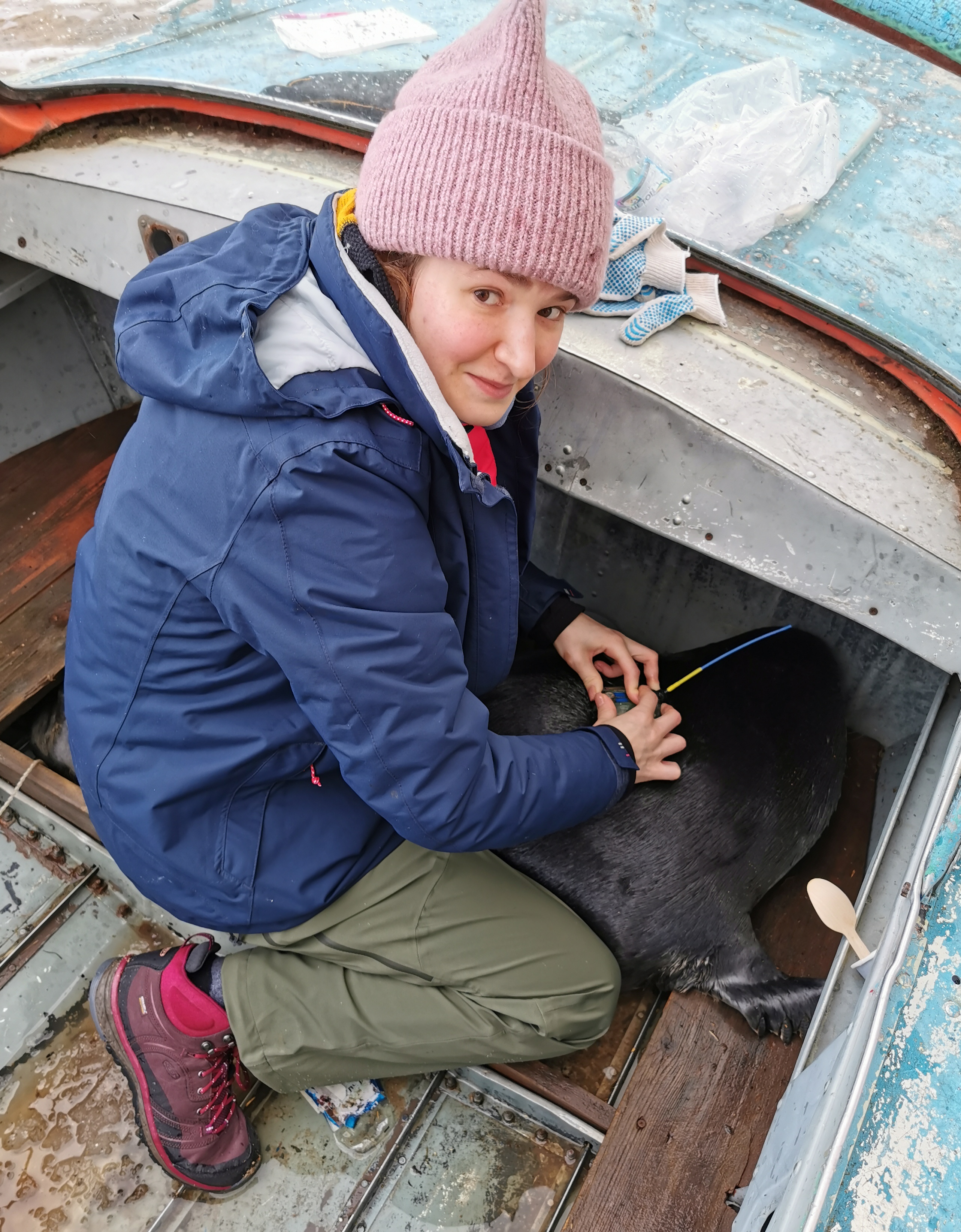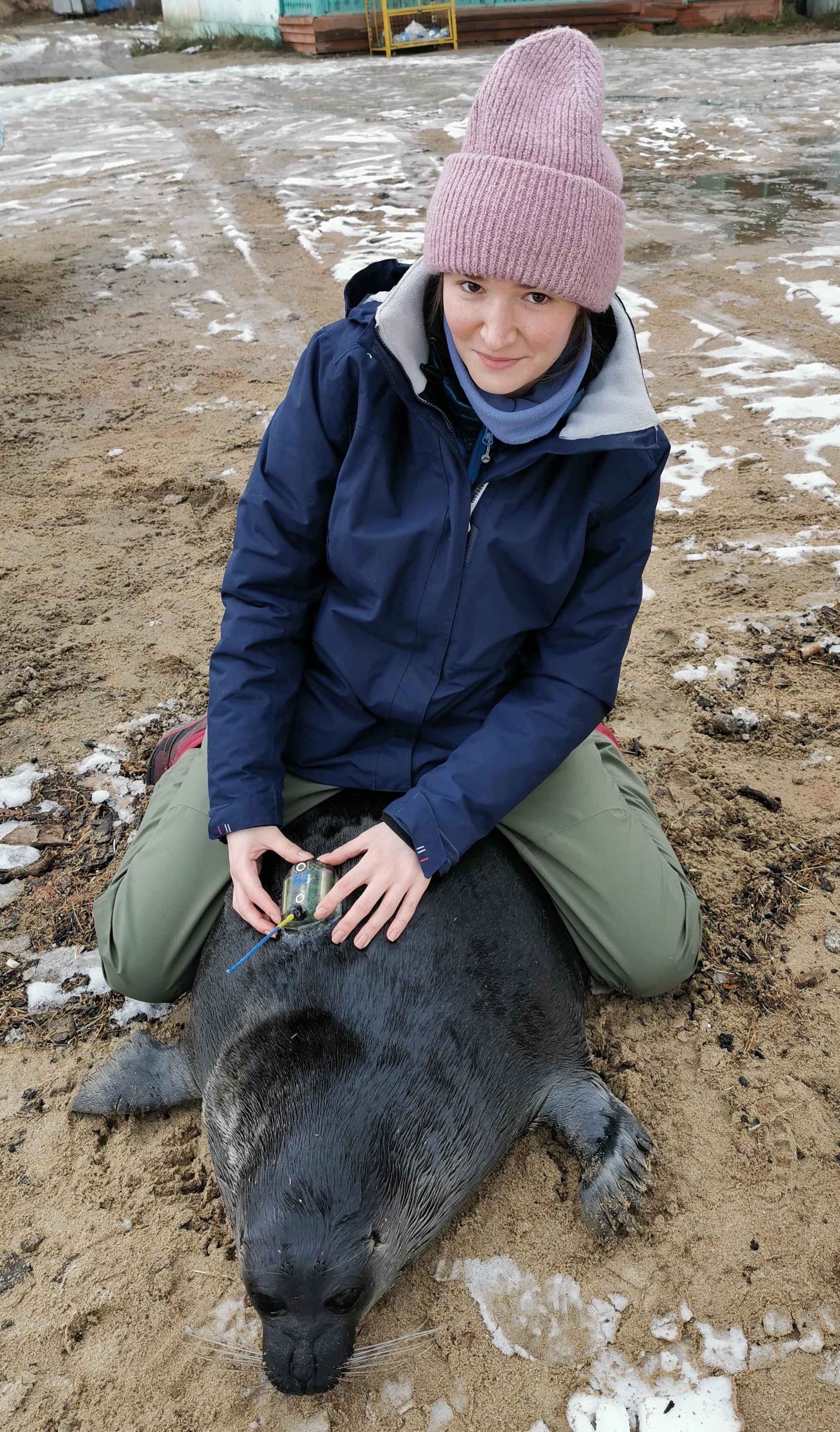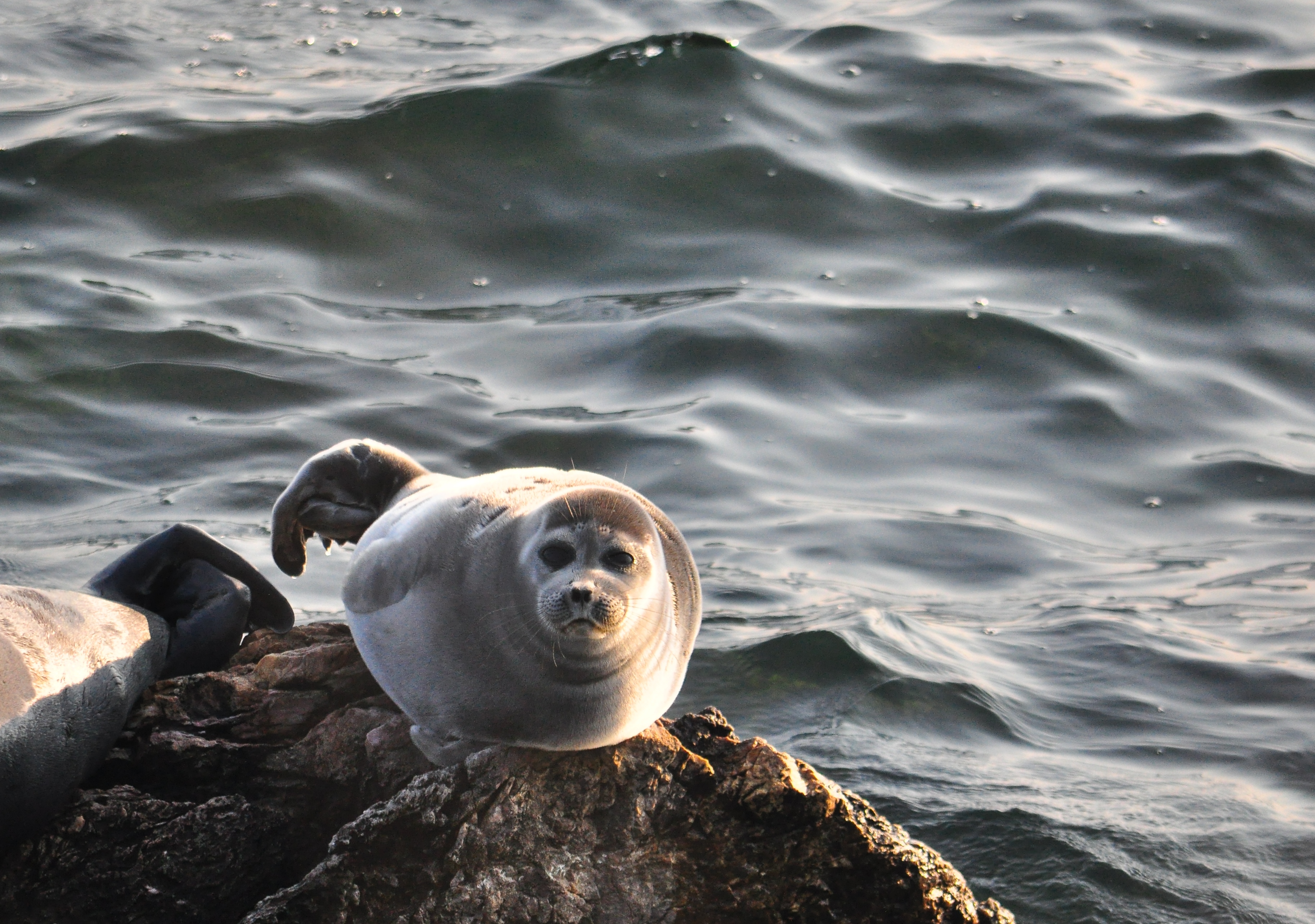
Within the Baikal seal research program, developed by the A.N.Severtsov Institute of Ecology and Evolution of the Russian Academy of Sciences, as well as a part of the Agreement on Scientific Cooperation between IEE RAS and VNIRO, from October 14 to October 22, an expedition was carried out for comprehensive research of the endemic seal of Lake Baikal.
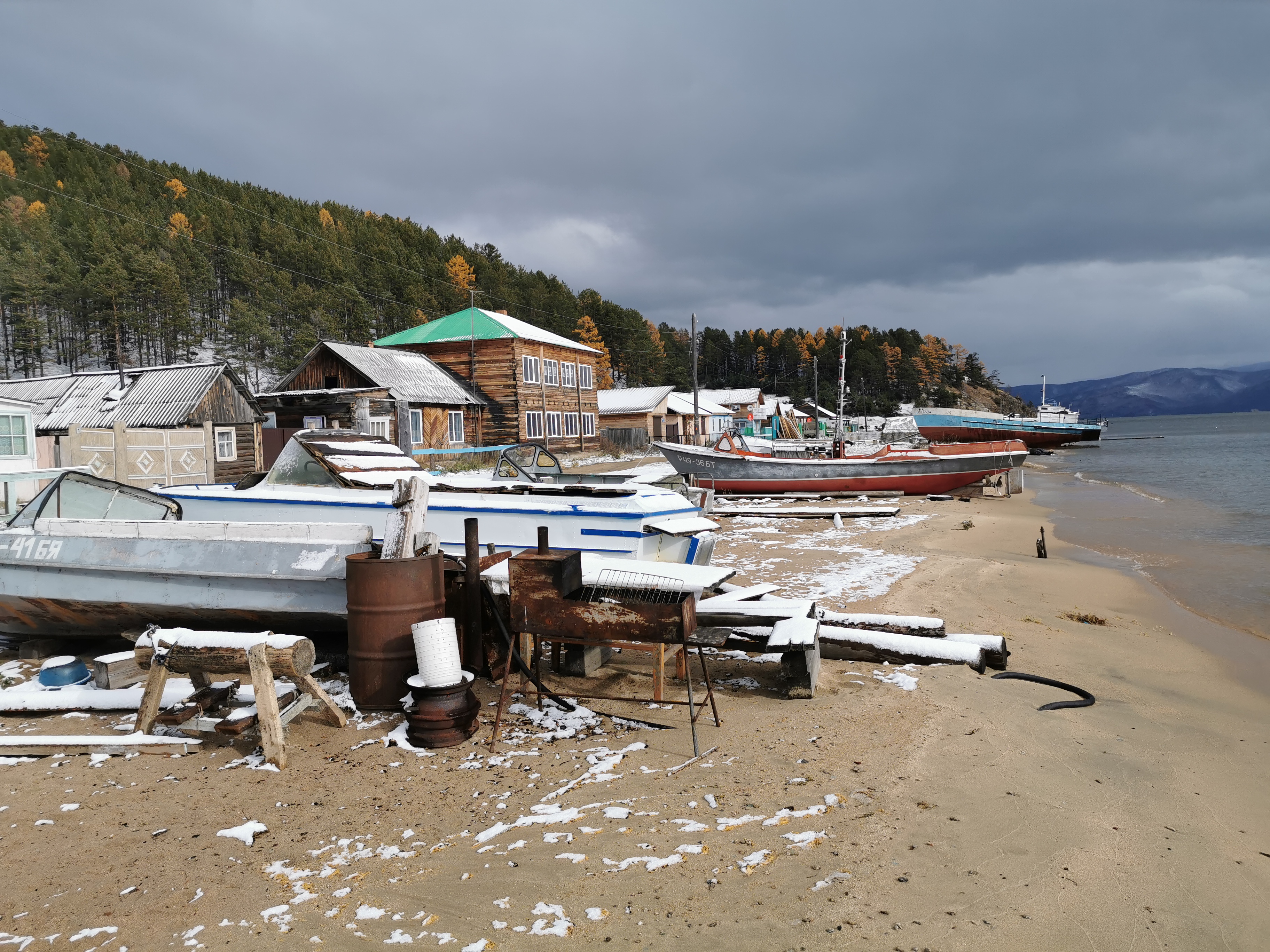
The base of the expedition was located in the village of Kurbulik, on the shore of the Svyatoy Nos Peninsula in the Chivyrkuisky Bay. We were delivered here by a car allocated by V.A. Peterfeld, director of the Baikal branch of VNIRO. Of the two settlements located in the bay, this one is the largest. In the past, the village was engaged in fishing, mainly of Baikal omul, which has become problematic to the decrease in its number. Approximately 30 people live permanently in the village, there is no electricity, and Baikal itself is used as a source of water. But in summer, life and business in these places flourish due to the number of tourists. The thermal springs of the Zmeyova Bay are located 13 km from Kurbulik, fishing and boat excursions are organized on the lake. The coastline of the peninsula is rich in small bays, where the water warms in summer. The location in the Chivyrkuisky Bay protects from the harsh Baikal winds - southwestern Kultuk, northeastern Barguzin, northeastern Sarma and southeastern Shelonnik.
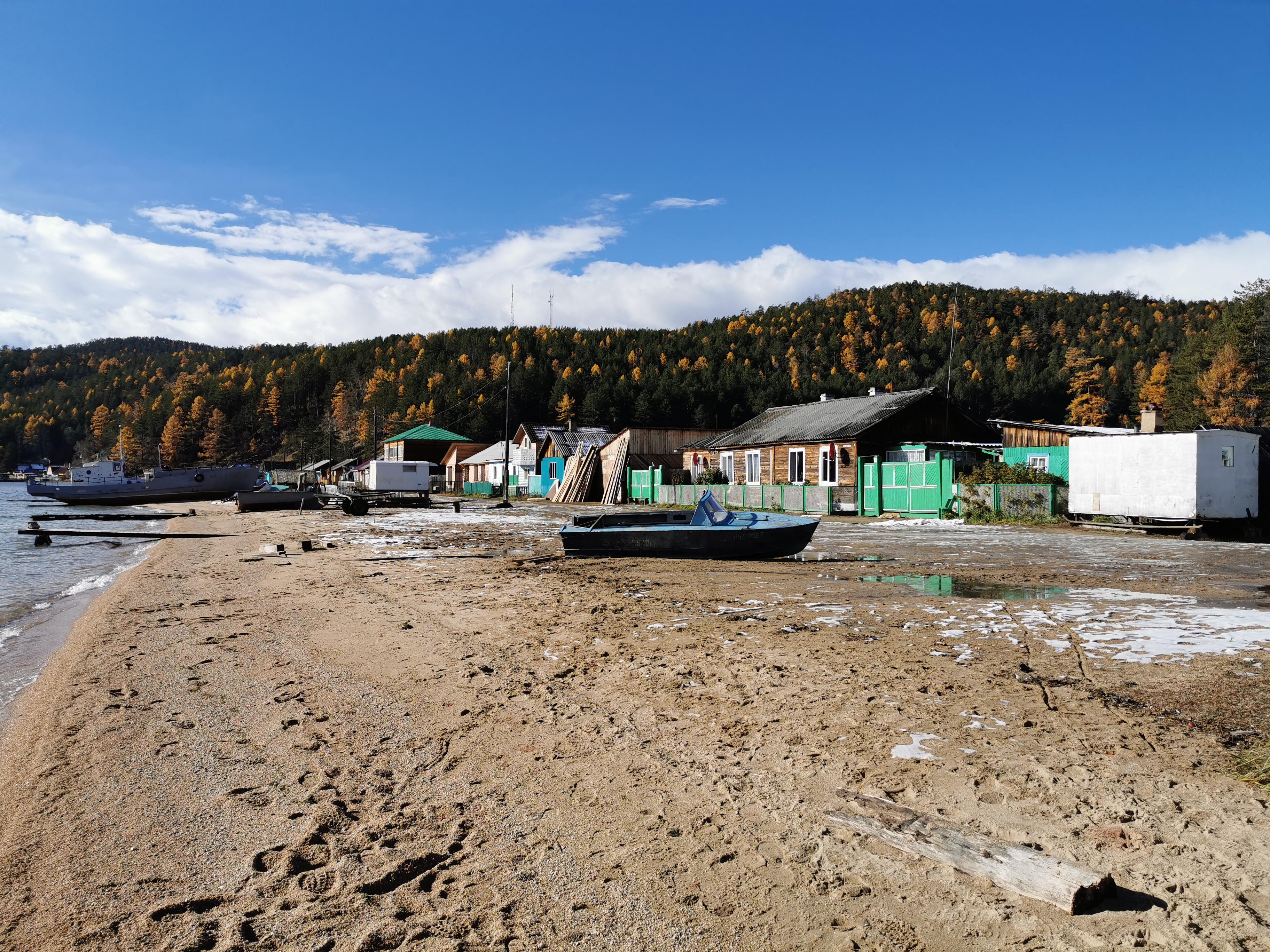
In the vicinity of the village, even in late autumn, you can meet the most interesting representatives of the Baikal fauna: nuthatches and long-tailed tits scurry among the coastal vegetation, hazel grouses, pigeons and squirrels are found in the forest, gulls sway on the water, and black crows fly over the houses in the village, which is not usual for residents the European part of Russia. We even managed to meet one great cormorant. Previously, many great cormorants lived on Lake Baikal, and in the summer on the largest island of the Chivyrkuisky Bay - Baklaniy - a large nesting place for these birds was formed. In recent decades, the number of cormorants on the lake has sharply decreased for unknown reasons, and Baklaniy Island is under the protection of the Trans-Baikal National Park.
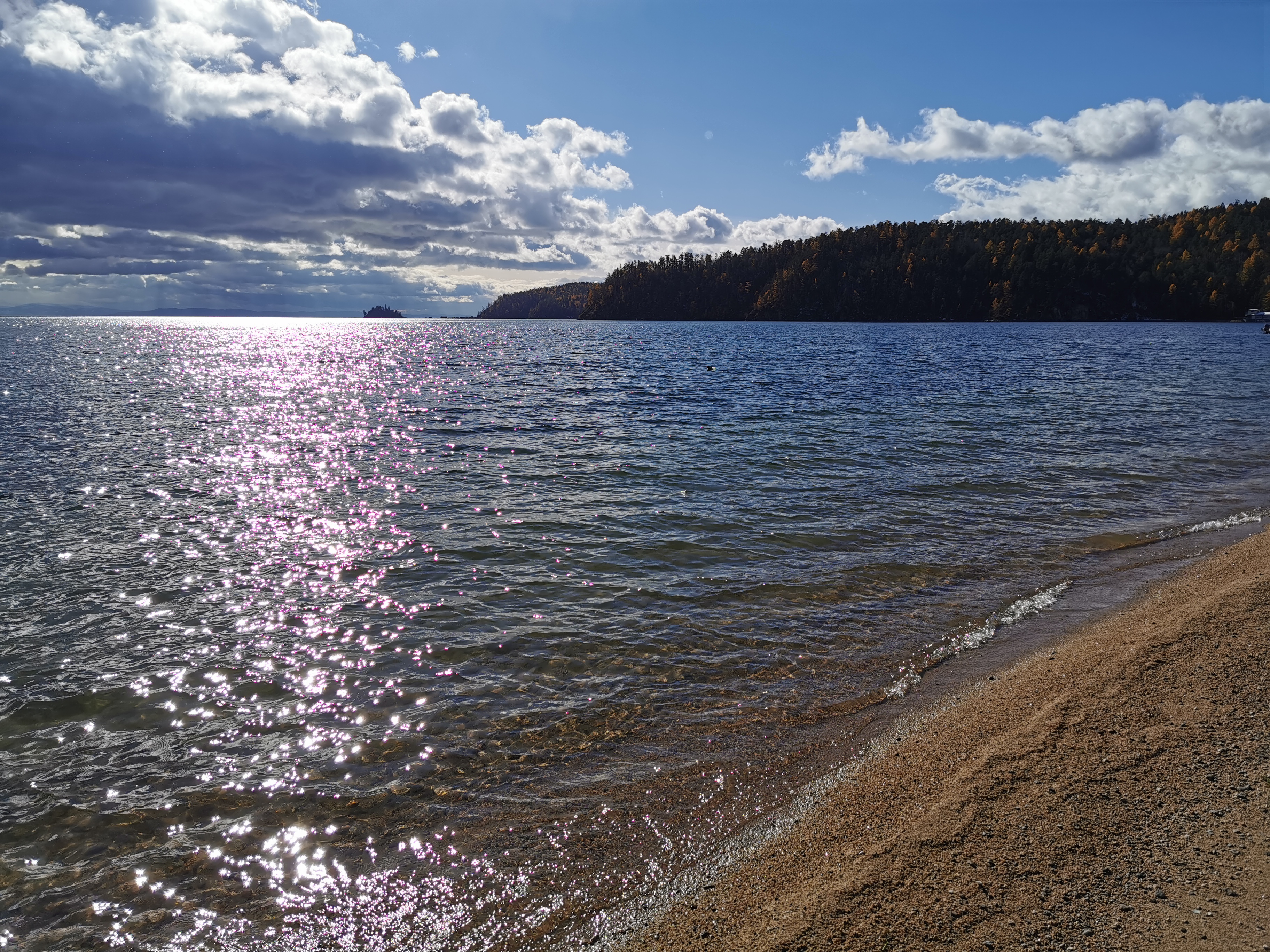
The expedition was joined by members of the IEE RAS Rozhnov V.V., Meshchersky I.G. and Solovyova M.A., as well as employees of VNIRO and its Baikal branch E.A. Boltnev, I.F. Belokobylsky, A.A. Koreev and senior veterinarian of the Center for Oceanography and Marine Biology Moskvarium I.V. Suvorova.
The purpose of the expedition was to continue researching various aspects of the biology of the Baikal seal. The Baikal branch of VNIRO is carrying out a state assignment for capturing a small number of seals to assess the state of the seal population, and scientists from IEE RAS took advantage of this opportunity to collect biological samples for genetic, hormonal, morphological and toxicological studies. This was fully achieved thanks to the wonderful work of our colleagues from VNIRO, and the enthusiasm with which Ira Suvorova collected material for parasitological studies of the seal made it possible to further study the parasites of these seals.
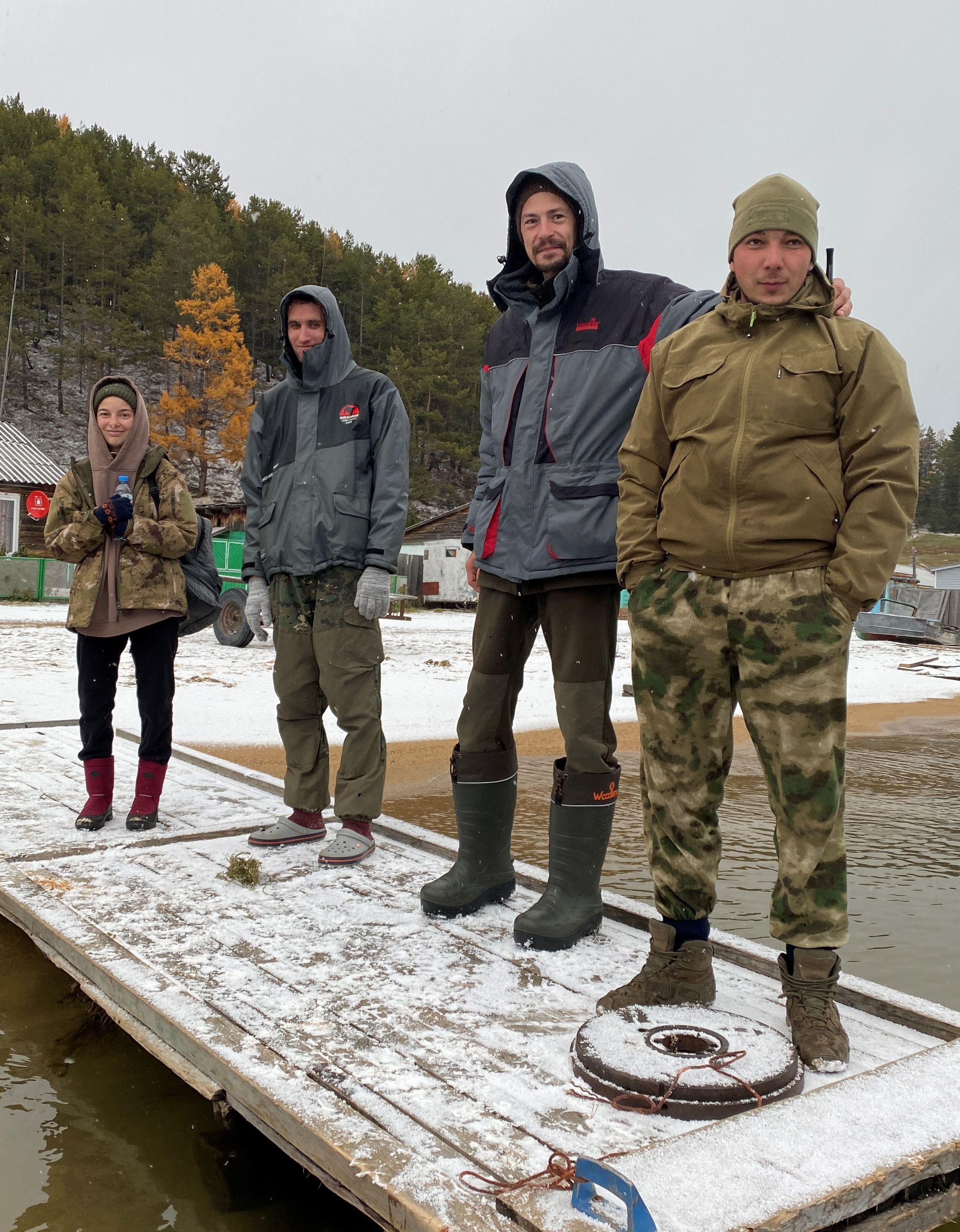
One of the most important tasks the scientists were facing was the installation of satellite transmitters on three adult Baikal seals. In the summer of 2019, with the support of the Lake Baikal Foundation, 15 transmitters were installed on Baikal seals. These were mainly young animals, and interesting data were obtained on their movements, which are now being processed, however, the movements of adult animals remain unexplored. During this autumn expedition, we managed to install two transmitters on adult animals (one male and one female). One transmitter successfully works and transmits information about the location of an adult male. Another transmitter was installed just a few days ago and data has not yet been received from it. The third transmitter is planned to be installed on a seal in the delta of the river Selenga. With their help, it is expected to obtain valuable information about the autumn-winter movements of mature seals.
Members of the expedition Solovyova M.A., Rozhnov V.V.
